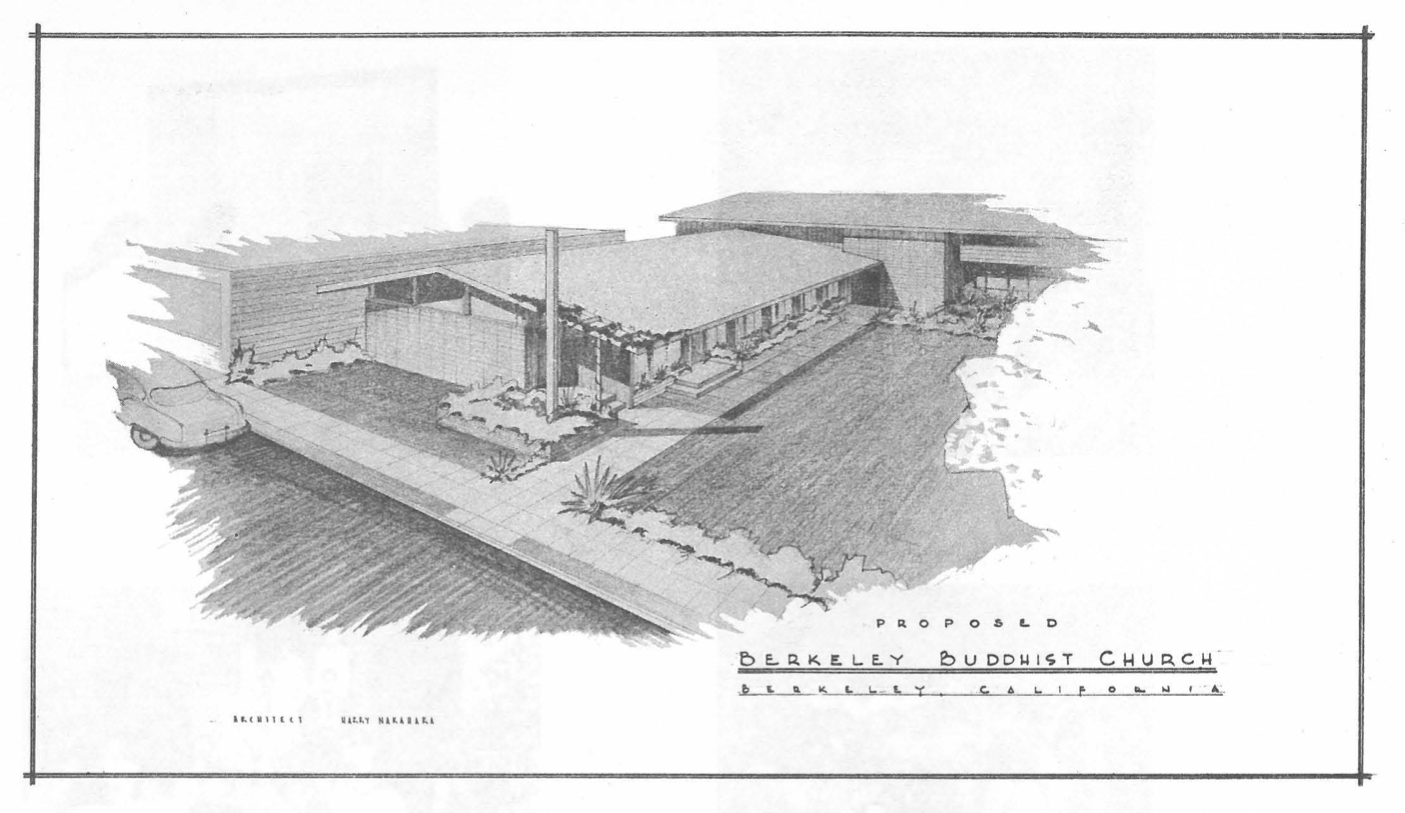As I’ve hinted at in several posts over the last six months, I wrote a book. (If anyone can find that version of the “this is fine” dog meme but he’s saying “I wrote a book,” please drop a link in the comments.) And I’ve promised more details. So, here they are.
I wrote a book. A book called Mid-Century Modern Buddhism. My elevator pitch is this: it’s a book about Japanese American Buddhists in the 1950s who, I argue, are responsible for making possible American Buddhism.
I really want to hone in on that two-word phrase: making possible. On the one hand, in the book I trace out some of the in-fact historical connections between (mainly) Nisei or second-generation Japanese American Buddhists and the “usual suspects” of Buddhist modernism — Alan Watts, D.T. Suzuki, the Beats, and so on. There are many connections. These historical connections should not come as a surprise to folks who pay attention to Buddhism’s history in this country. But what I focus on in the book is how these connections created possibilities. In short, Nisei Buddhists (and their parents before them) built communities, networks, actual physical buildings, and so on, and these things — what might be thought of as religious infrastructure — allowed other things to come to be. In some ways, I do a bit of historical speculation. I ask, what if? What if certain events never happened? How might the history of American Buddhism unfolded differently?
In additional to this, I foreground Jōdo Shinshū (or Shin) Buddhism. The main focus of my work is an analysis of a mid-century Buddhist publication called the Berkeley Bussei. Whereas several scholars have discussed this magazine indirectly or as part of larger histories, what is not often discussed, in my view, is just how thoroughly Shin Buddhist the Bussei was. Some of its “Shin-ness” is overt — essays about Amida Buddha, translations of Shin texts — but I also find subtle hints of Shin Buddhism scattered throughout, that is, if you know what you’re looking for. So I spend a good deal of time in the book arguing both that American Buddhism wouldn’t be what it is today without the contributions of Japanese American Buddhists and that it wouldn’t be what it is without Jōdo Shinshū.
Now, a couple of things.
First, even though it’s a whole book, I don’t talk about everything. No book could, so there’s all sorts of stories or ideas or lines of research that I could have followed but just didn’t for one reason or another. Second, it’s an academic book, pitched to an academic publisher, and I found myself talking (mentally) to academics while writing it. (And there’s good reason for that which I may discuss in some future post.) But I firmly believe that the history I’m covering is relevant outside the niche fields of academic Buddhist studies. So, while on the one hand I hope “ordinary” folks read the book, I also want to discuss the book here in the blog, writing to a more general audience and/or discussing the stories and histories that I couldn’t get to in the book.
Which is a long-winded way of saying that over the next several months, I intend write a series of posts here discussing the book. I’ll tag them all appropriately so people can follow along.
How many months are “several months”? At least as many as it takes for the book to actually get published. And how long is that? Well, I’m pretty sure it’s scheduled to be published late spring/early summer 2023. That’s a lot of months. But those who’ve worked in academic publishing know that these things take time (peer review, editing, copy editing, page proofs, indexing, and so on). I’m happy to report that we’re past the peer review stage, and that the final manuscript was sent to my editor last month. So hopefully not too many “several months.”
Lastly, if any of the above caught your attention and you want me to expand on any specific topics, drop a comment down below. If I’ve learned anything in doing public presentations, I often enjoy answering questions more than just rambling on and on about some obscure topic. (And, seriously, if you have that “this is fine” dog meme but about a book, let me know. That’s a whole mood. My mood. At present. In this timeline. sigh)
[Image: architectural plans for the Berkeley Buddhist Temple by Harry Nakahara published in the 1954 Berkeley Bussei; used with permission]


Leave a Reply